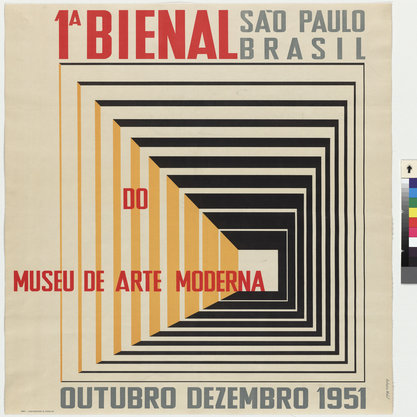Article
Figari, Pedro (1861–1938) By Von Hartenthal, Mariana Westphalen
Article
Together with his contemporary Joaquín Torres-García, Pedro Figari is one of the major names of 20th-century Uruguayan art. Unlike Torres-García and his Taller del Sur, however, Figari is not associated with any school or movement, and he left no direct follower. In eloquent brushstrokes, his paintings—oil on canvas or, more often, oil on cardboard—portray the people and landscape of the River Plate region. The sky occupies most of the surface of his external scenes, in which the intensity of colors and lack of shadows make it hard to tell whether it is day or night. The low horizon alludes to the vastness and flatness of the pampa, populated by gauchos, horses, and the massive ombú trees. Subjects are engaged in celebrations, dances, funerals, and everyday activities that take place under the open sky, but also in small-town streets, patios, and interiors. In an unprecedented move for a Uruguayan painter at the time, Figari gave prominence to the life of black Uruguayans, especially in his series portraying candombes (Uruguayan celebrations of African origin, accompanied by music and dance). These depictions, however, may seem stereotyped and racist to 21st-century eyes.

